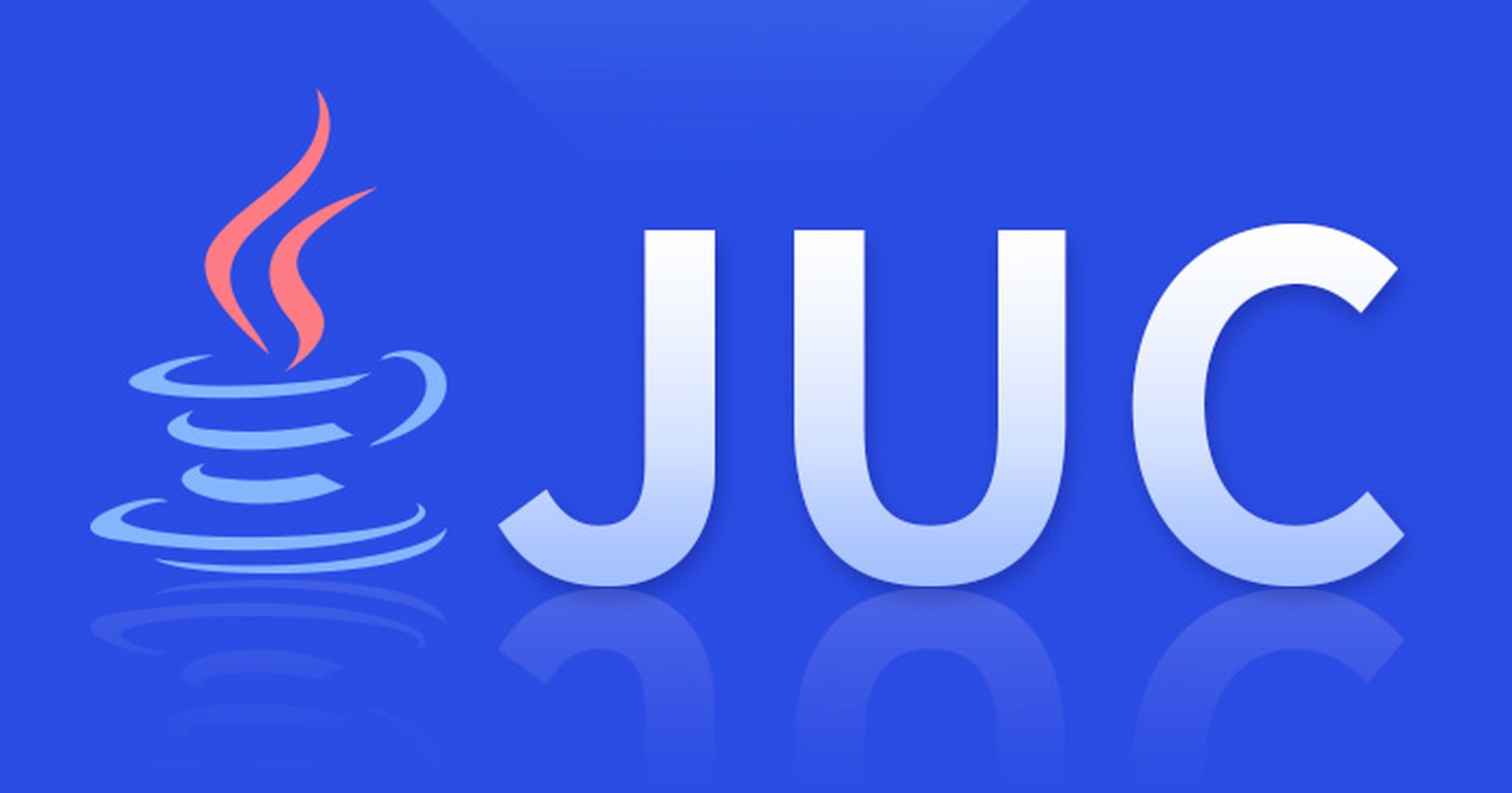
CompletableFuture 详解
1. 核心概念
• 异步编程模型:通过异步执行任务提升程序性能,避免线程阻塞等待。
• Future 的局限性:
• 不支持任务编排(如链式调用、组合任务)。
• get() 方法阻塞线程,影响效率。
• CompletableFuture 的优势:
• 支持函数式编程和任务编排(如链式调用、并行执行)。
• 提供丰富的 API 处理异步结果和异常。
2. 核心功能与使用场景
• 典型场景: • 并行调用无依赖服务:例如同时获取用户信息、商品详情、物流信息。 • 任务编排:例如先获取用户信息,再并行调用商品和物流接口,最后汇总结果。 • 核心目标:通过异步化减少接口响应时间,提升吞吐量。
3. 创建 CompletableFuture
3.1 静态工厂方法
• runAsync():执行无返回值的任务(Runnable)。
CompletableFuture.runAsync(() -> System.out.println("Task"));
• supplyAsync():执行有返回值的任务(Supplier)。
CompletableFuture<String> future = CompletableFuture.supplyAsync(() -> "Result");
• 自定义线程池(推荐):避免使用默认的 ForkJoinPool,防止资源竞争。
Executor executor = Executors.newFixedThreadPool(10);
CompletableFuture.supplyAsync(() -> "Result", executor);
3.2 手动创建
• new 关键字:用于需要手动控制任务完成时机的场景。
CompletableFuture<String> future = new CompletableFuture<>();
future.complete("Result"); // 手动设置结果
4. 处理异步结果
4.1 链式处理
• thenApply():转换结果(同步执行)。
future.thenApply(s -> s + " processed");
• thenAccept():消费结果(无返回值)。
future.thenAccept(System.out::println);
• thenRun():任务完成后执行操作(不访问结果)。
future.thenRun(() -> System.out.println("Done"));
4.2 异常处理
• exceptionally():捕获异常并返回默认值。
future.exceptionally(ex -> "Fallback");
• handle():统一处理结果和异常。
future.handle((res, ex) -> ex != null ? "Error" : res);
4.3 组合任务
• thenCompose():链式依赖(前一个任务的结果作为下一个任务的输入)。
future.thenCompose(s -> CompletableFuture.supplyAsync(() -> s + " chained"));
• thenCombine():并行执行两个任务并合并结果。
future1.thenCombine(future2, (a, b) -> a + b);
5. 并行执行与结果聚合
• allOf():等待所有任务完成。
CompletableFuture.allOf(future1, future2).join();
• anyOf():任意一个任务完成即返回。
CompletableFuture.anyOf(future1, future2).thenAccept(System.out::println);
6. 最佳实践
- 自定义线程池:避免全局线程池资源竞争。
- 避免阻塞
get():优先使用join()或带超时的get()。future.get(5, TimeUnit.SECONDS); // 超时处理 - 合理编排任务:
• 无依赖任务使用
thenCombine或allOf并行执行。 • 有依赖任务使用thenCompose链式调用。 - 异常传播:通过
whenComplete或handle确保异常被正确处理。
7. 实际案例
订单信息聚合
// 1. 获取用户信息(异步)
CompletableFuture<User> userFuture = CompletableFuture.supplyAsync(this::fetchUser);
// 2. 并行获取商品和物流信息
CompletableFuture<Product> productFuture = userFuture.thenCompose(user ->
CompletableFuture.supplyAsync(() -> fetchProduct(user)));
CompletableFuture<Logistics> logisticsFuture = userFuture.thenCompose(user ->
CompletableFuture.supplyAsync(() -> fetchLogistics(user)));
// 3. 合并商品和物流结果后获取推荐
CompletableFuture<Recommendation> recommendationFuture = productFuture
.thenCombine(logisticsFuture, (product, logistics) -> aggregateData(product, logistics))
.thenCompose(data -> CompletableFuture.supplyAsync(() -> fetchRecommendation(data)));
// 4. 所有结果汇总
return recommendationFuture.thenApply(recommendation -> buildResponse(recommendation));

